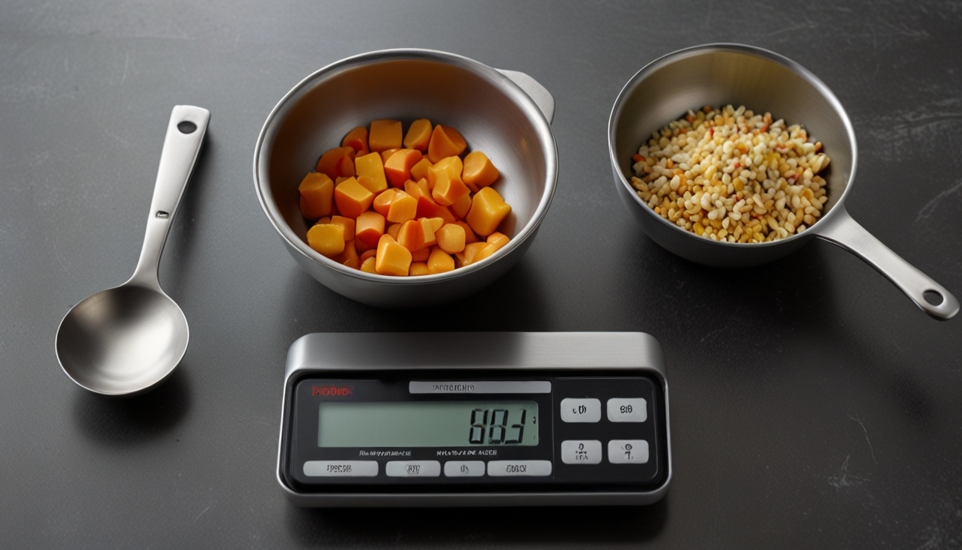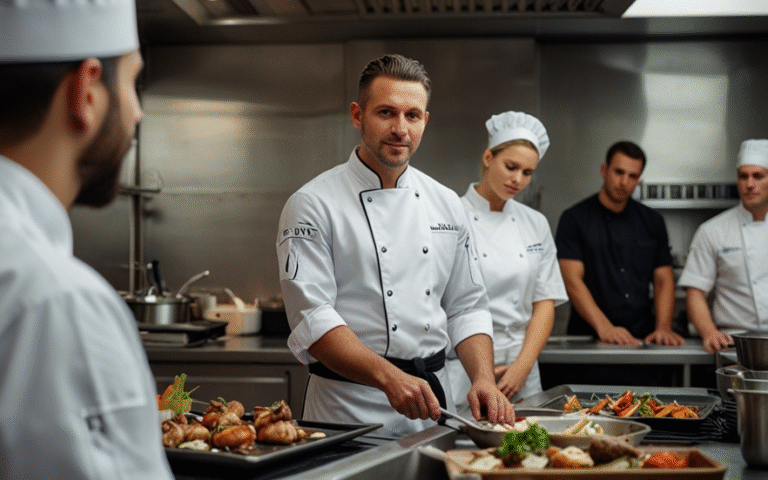How to reduce food cost in a restaurant Business ??
Reducing food cost in a restaurant kitchen without compromising quality or guest satisfaction involves a strategic approach across purchasing, inventory, menu design, and operations.
Here are some of effective methods on how to reduce food cost and achieve the target profit
1. Portion Control
- Standardize recipes: Use consistent recipes to produce portion sizes for every dish every time.
- Train staff: Training of the team is very important as they are the one who will be executing the daily operations. They must understand and follow portion guidelines.
- Use portioning tools: Scales, ladles, scoops, and pre-portioned containers help maintain consistency.
2. Inventory Management
- Track inventory accurately: Use software to monitor stock levels, usage, and waste in real time.
- First In, First Out (FIFO): Always make sure to use old stock first and new stock later to avoid spoilage.
- Regular audits: Do weekly inventory checks to identify shrinkage, spoilage, or theft.


3. Menu Engineering
- Investigate food cost vs. sales: Identify high-profit items and promote them.
- Revamp low-margin dishes: Remove or revise the high value ingredients in low-profit menu items. If the dish is low selling it is better to remove it from the menu and add some better dishes
- Seasonal and local ingredients: Use what’s easily available in the market and cheaper price without compromising with quality.
4. Reduce Waste
- Repurpose ingredients: Use trims and leftovers for soups, sauces, or staff meals.
- Track waste: Identify what gets thrown out and why (over-prep, spoilage, over-portioning).
- Smaller menus: A more focused menu reduces unused inventory.
5. Supplier Optimization
- Negotiate prices: Shop around for better deals or bulk discounts.
- Establish relationships: Build loyalty for better credit terms and flexibility with vendors
- Buy in bulk when it makes sense: Especially for non-perishables or freezable items.
6. Prep Efficiency
- Pre-prep smartly: Prep items in advance to reduce time and waste during service.
- Cross-utilize ingredients: Use the same ingredients in multiple dishes to increase turnover and reduce spoilage.
7. Monitor and Adjust
- Food cost percentage: Aim for a food cost of around 25–30% of the menu price, depending on the restaurant type. Most of the business aims at less than 25%.
- Weekly reports: Regularly review food cost reports to detect and rectify the problems early.
- Involve the team: Encourage kitchen and service staff to help identify savings opportunities. Service staff should try to sell dishes which are slow moving.



